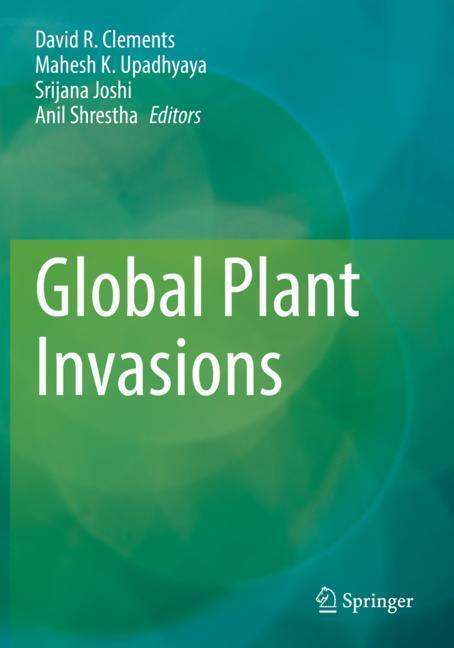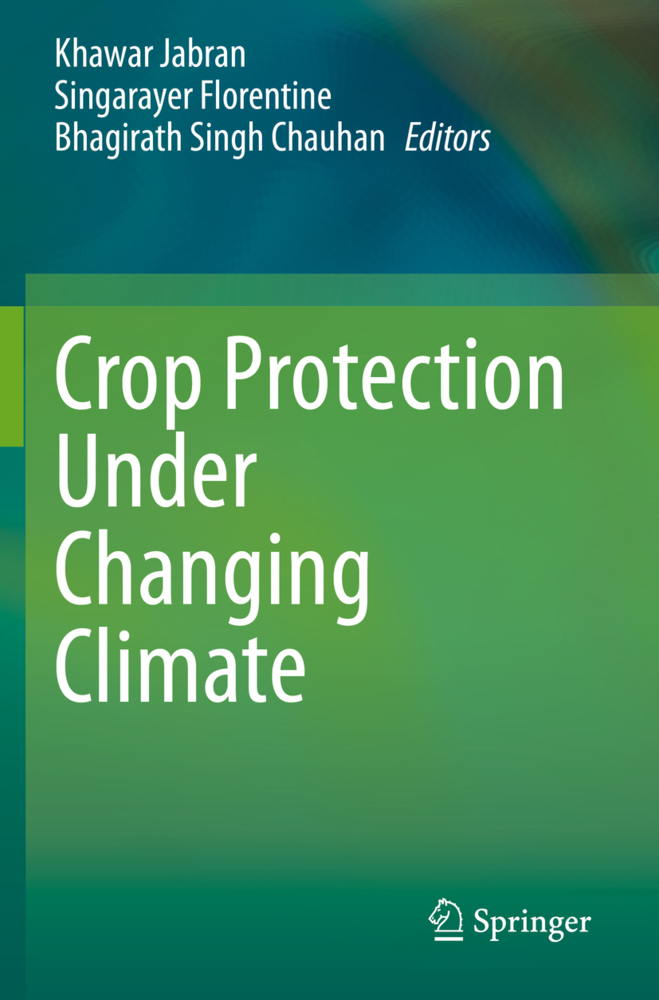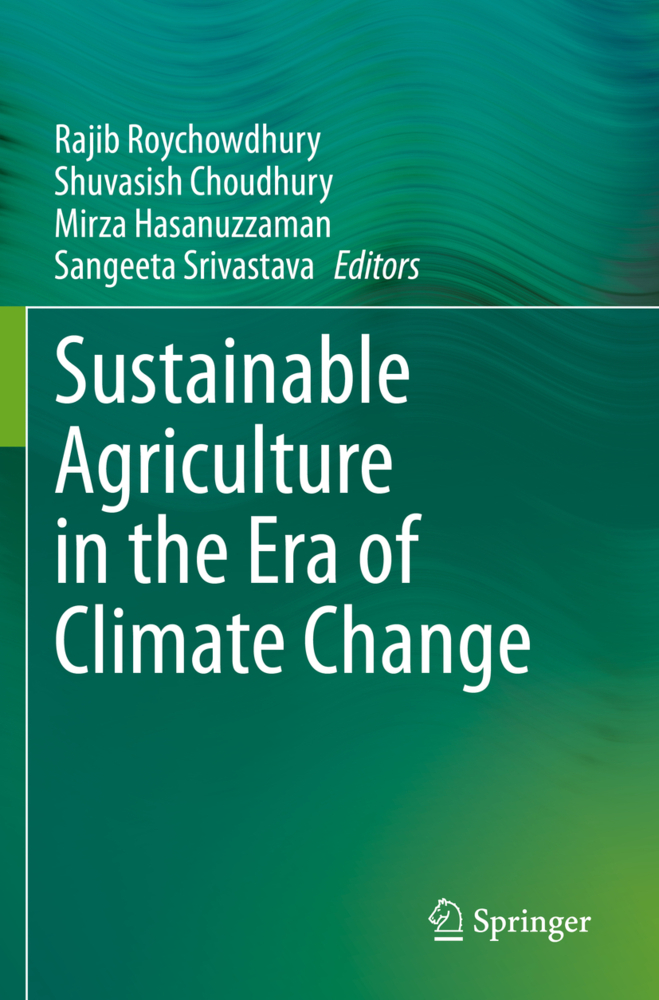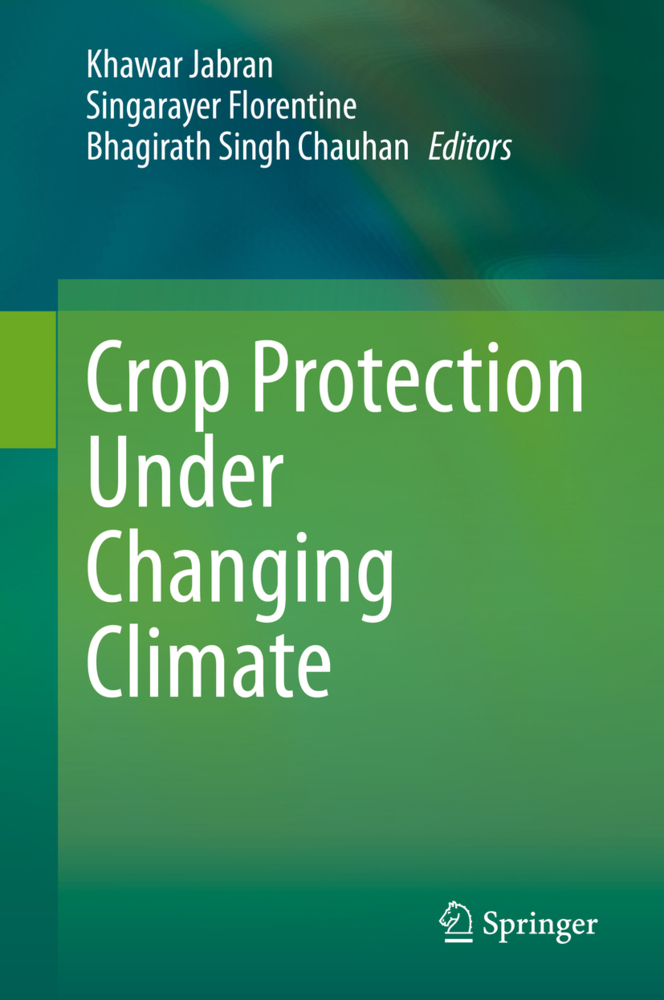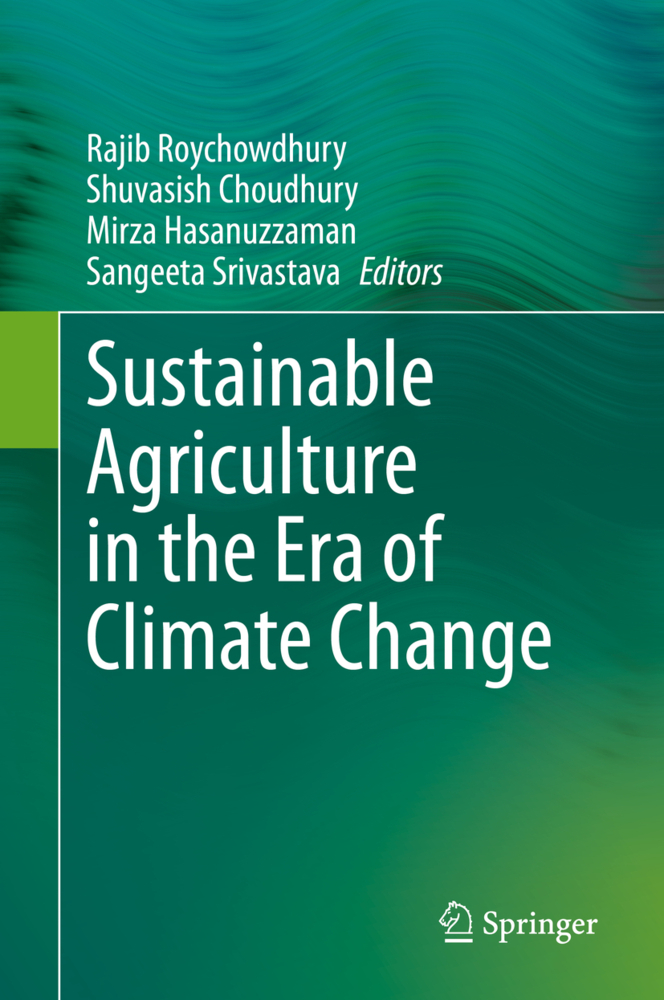Invasive species have inspired concern for many reasons, including economic and environmental impacts in specific jurisdictions within particular countries. However, it is apparent that for some invasive plant species, political borders offer only weak barriers because these species have succeeded in invading many countries, emerging as threats at a global level. With this level of threat, a number of books on invasive plants and invasive species in general have been published in recent years, but none explicitly provides "global" coverage, perhaps because it is only recently that the full geographical, economic and environmental implications of widespread spread and adaptive nature of these particular invasive plants have been recognized.
We plan to make this volume unique by profiling plant invasions in explicitly geographical contexts; on the world continents (Chapters 5-11), as well as islands (Chapter 12) and mountains (Chapter 13). This global approach is supported by an overview of invasion biology and recent advances (Chapter 1) and how different communities differ in invasibility (Chapter 2). Global factors influencing invasion are introduced in Chapter 3 (globalized trade) and Chapter 4 (climate change). Key species are profiled through geographic treatments, continent by continent (Chapters 5-11), and for islands (Chapter 12) and mountains (Chapter 13). The impact of invasive plants is highlighted in Chapter 14, both in biotic and economic terms, partly to counter the tendency for the young field of invasion biology to rely too much on anecdotal evidence. This chapters is also designed to bring home the message that these are serious problems that must be dealt with, as covered in the subsequent chapters. The book concludes with three chapters casting light on solutions to the many problems described in the rest of the volume. Chapter 15 features new, innovative technologies that are being developed to monitor and manage invasive plants, andChapter 16 presents comprehensive strategies for public education and implementation of management on local and global scales. Chapter 17 describes different future scenarios depending on current trends in plant invasion and its management, just as climate change predictions employ various scenarios to project the future. The future is very much up to us, as humanity grapples with the question of how best to strategically meet the problems of global invasive plant problems that we ourselves have created that is further challenged by a changing climate.We are confident that this book will be of interest to invasion biologists, resource managers, and the legion of others who must deal with these invasive plants across the globe on a daily basis.Global plant invasions on the rise.- Invasion of plant communities.- Development of pathways of global plant invasions in space and time.- Plant invasions, rising CO2, and global climate change.- Plant invasions in Asia.- A historical perspective on plant invasion in Australia.- European plant invasions.- Plant invasions in North America.- Plant invasions in South America.- Biological invasions by plants in continental Central America.- Plant invasions in Africa.- Island plant invasions.- Plant invasions in mountains.- Biotic and economic impacts of plant invasions.- Advances in the management of invasive plants.- Moving towards global strategies for managing invasive alien species.- A Future planet of weeds?.
Clements, David R.
Upadhyaya, Mahesh K.
Joshi, Srijana
Shrestha, Anil
| ISBN | 978-3-030-89683-6 |
|---|---|
| Artikelnummer | 9783030896836 |
| Medientyp | Buch |
| Copyrightjahr | 2022 |
| Verlag | Springer, Berlin |
| Umfang | XII, 381 Seiten |
| Abbildungen | XII, 381 p. 38 illus., 22 illus. in color. |
| Sprache | Englisch |


